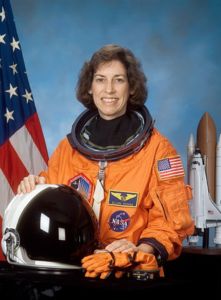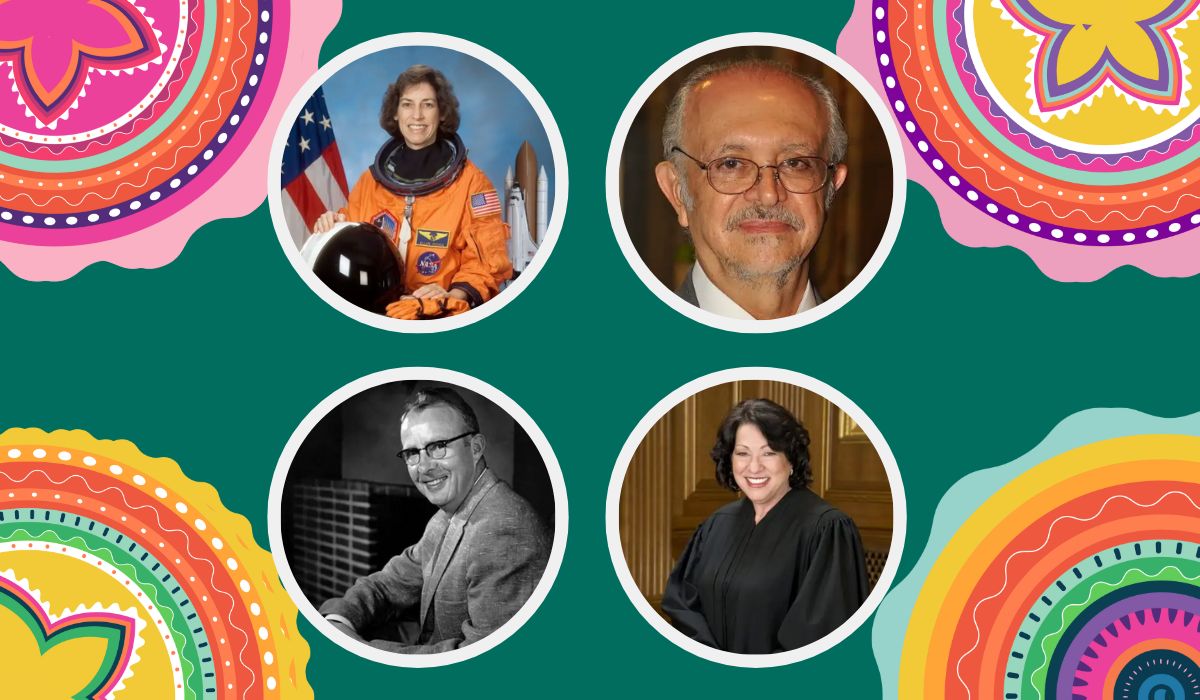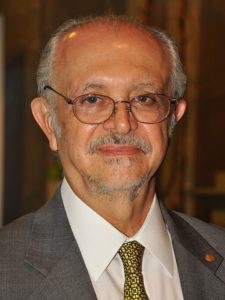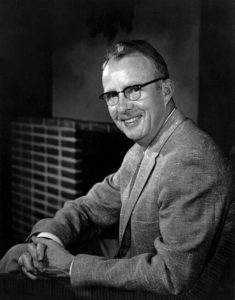Celebrating the Brilliance of Hispanic and Latino American Scientists
Science knows no boundaries, and throughout history, brilliant minds from many backgrounds have contributed to our understanding of the world. Hispanic and Latino scientists have contributed significantly to all areas of science. Their stories are not only a testament to their exceptional talent but also a reflection of the rich cultural diversity that enhances the scientific community.

Ellen Ochoa – A Pioneer in Space Exploration
Ellen Ochoa is a trailblazing figure in the world of space exploration. Born in Los Angeles to Mexican-American parents, she was the first Hispanic female astronaut. She made history by flying aboard the Space Shuttle Discovery, where she conducted vital research and experiments. She was also the first Hispanic — and second female — director of the Johnson Space Center.
She went to space four times from 1993 to 2002, logging almost 1,000 hours in orbit. According to NASA, she earned NASA’s highest award, the Distinguished Service Medal, the Presidential Distinguished Rank Award, and many other awards throughout her career. Her contributions to the field of space science and her advocacy for STEM education have made her an inspiration to many aspiring scientists.
Mario J. Molina – Nobel Laureate in Chemistry
Mario J. Molina, born in Mexico City, is renowned for his groundbreaking work in atmospheric chemistry. In 1995, he was awarded the Nobel Prize in Chemistry for his research on the depletion of the ozone layer. He was not the first Hispanic to win this award, but his part in developing the CFC-ozone depletion theory proved that chlorofluorocarbon gasses, CFCs, are harmful to the atmosphere. This led to global efforts to ban these substances and protect the Earth’s fragile atmosphere.
Molina’s work serves as a poignant example of how science can drive positive change for the environment and the world as a whole.
Luis Walter Alvarez – Contributions to Physics
Luis Walter Alvarez, of Spanish and Mexican descent, was a prominent physicist who made significant contributions to various fields of science. In 1968, he was the first Hispanic to win a Nobel Prize in Physics. The award was for his work on the development of the hydrogen bubble chamber, a critical tool for studying particle physics.
Alvarez’s scientific career also included his involvement in the Manhattan Project, which developed the atomic bomb during World War II. His work also led to the development of the microwave early warning radar system, a high altitude bombing system, and a blind landing system, later known as the Ground-Controlled Approach.
His multidisciplinary contributions underscore the versatility of Hispanic and Latino American scientists.
Sonia Sotomayor – A Pioneering Legal Mind
Sonia Sotomayor, the first Hispanic and Latina Justice appointed to the U.S. Supreme Court, has a unique background that extends beyond law. Born to Puerto Rican parents in the Bronx, New York, Sotomayor pursued a career in law and made her mark as a brilliant legal scholar before her historic appointment in 2009.
While not a scientist in the traditional sense, Justice Sotomayor’s position on the Supreme Court has a profound impact on the legal framework that governs scientific research and innovation. Her contributions to the US legal system are a testament to the multifaceted roles that Latino Americans play in shaping the nation’s future.
These famous Latino American scientists showcase the remarkable achievements that individuals from diverse backgrounds can attain in the world of science. Their groundbreaking discoveries, dedication to their fields, and commitment to education have left an indelible mark on the scientific community and continue to inspire future generations of scientists. Studies Weekly honors and celebrates the brilliance of these scientists and their contributions.
Check out the Studies Weekly Science Curriculum to see how engaging and hands-on science can be for your students!



